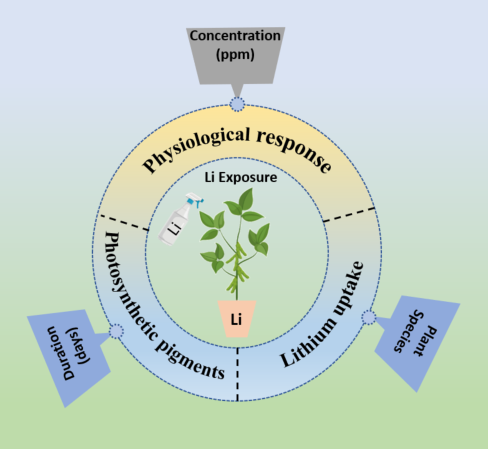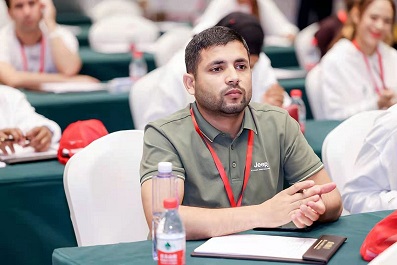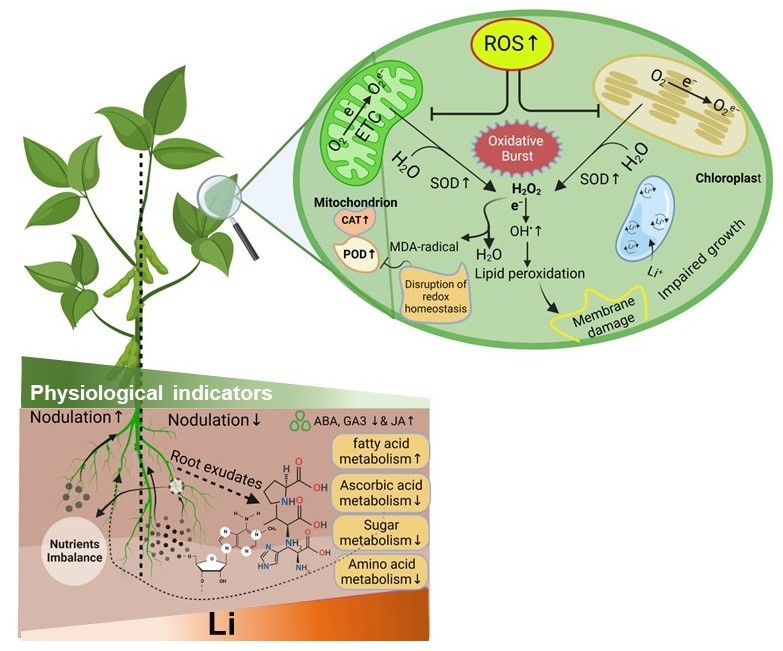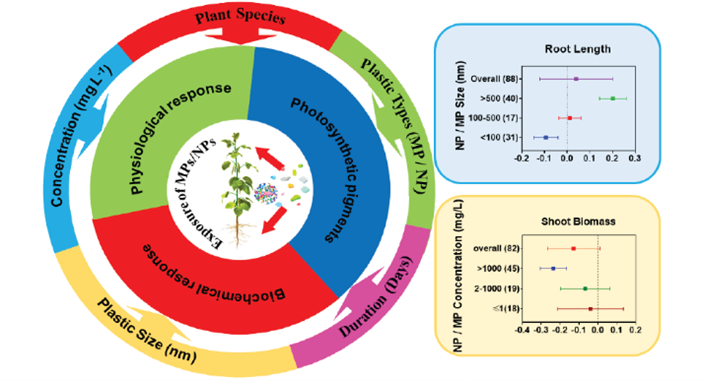Lithium (Li) is the major element powering modern technology known as white gold and a green energy alkali metal. Globally, total lithium production was 82,000 tons year−1 in 2021, a 200% increase since 2010 (USGS 2011-2021). Rechargeable Li-ion batteries consumption was 74% of total Li production by 2021, which shows the increasing demand of Li for electric vehicles and products. Soaring demand for Li had upregulated the global supply of Li exponentially to maintain the technology progress, at the same time electronic waste is significantly contributing to the contamination of soil with Li+ ions or Li2O. Lubricating grease contains 4% of total Li industrial application, which might enter the environment through runoff from roads. The production of glass and ceramics consumes 14% of Li total production, which finally goes to landfill. In addition, antidepressants drugs contain Li which ultimately enters to the soil system through landfill leachate, sewage and rainwater runoff.
Battery waste is growing annually with the increased consumption of portable and rechargeable devices. Moreover, the incorrect handling and disposal of these wastes can have extremely detrimental impacts on environmental health. As well as globally, extremely volatile concentrations of Li in soil, water and in agricultural ecosystems have led to fluctuations in Li concentration in plants, food products posing risk to humans.

Our meta-analysis investigated the importance of Li exposure by its sources, medium and concentration on the plant growth parameters. Through this comprehensive research analysis, we also highlighted research gaps, proposed methods, recommendations and perspectives for future research, and provide an updated baseline for scientists working in this field. Current study concluded that Li uptake by plant was also affected under different exposure, as significant increases were observe in order of hydroponic medium > soil medium > foliar application. Li may have negative impact plant germination, root biomass, shoot biomass, chlorophyll a and b in hydroponic condition as with soil medium and foliar application. it may be due to Li ions quickly absorbed by plants and effect the plant growth. Li accumulation in the plant tissues depends on the exogenous level of Li.
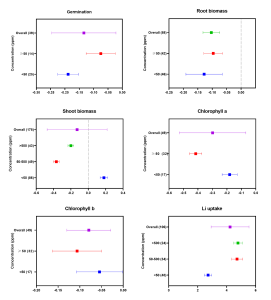
Figure 1. The mean impact of Li concentration on germination (A), root biomass (B), shoot biomass (C), chlorophyll a (D), chlorophyll b (E) and Li uptake (F). The applied concentrations are presented on lift side bars, and the corresponding number of endpoints is shown within the parentheses.
Way Forward
In the context of Li containing waste management, it is crucial to develop sustainable remediation technologies as Li waste will exponentially increase in coming years. The phytoremediation of Li by using hyperaccumulator selected through bioprospecting soil ecosystems can be a sustainable and long-lasting option, particularly for scenarios where the Li is high and associated with co-contaminants. Solid waste management, remediation, green chemistry, and circular economy are all independent fields but their integration with regulatory support will be helpful to reduce the emerging burden of Li in the natural environment.
Reference
Shakoor, N., Adeel, M., Azeem, I., Ahmad, M.A., Zain, M., Abbas, A., Zhou, P., Li, Y., Ming, X. and Yukui, R., 2022. Responses of Agricultural plants to Lithium pollution: Trends, Meta-Analysis, and Perspectives. bioRxiv. https://doi.org/10.1101/2022.05.07.491047

